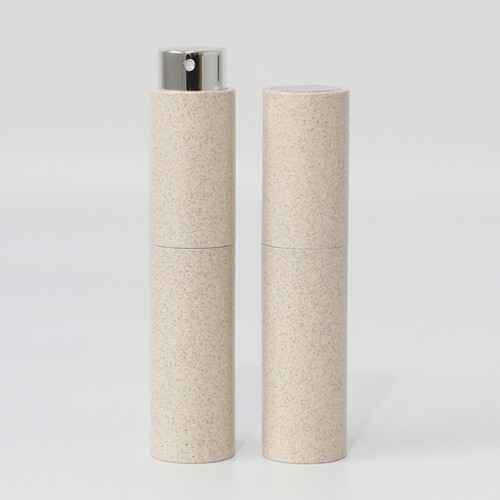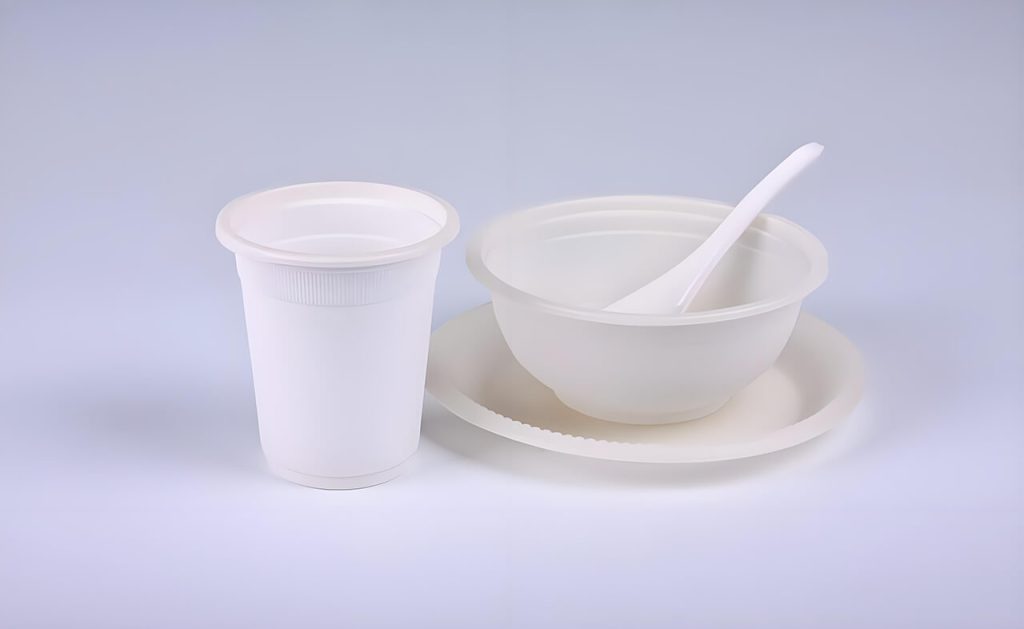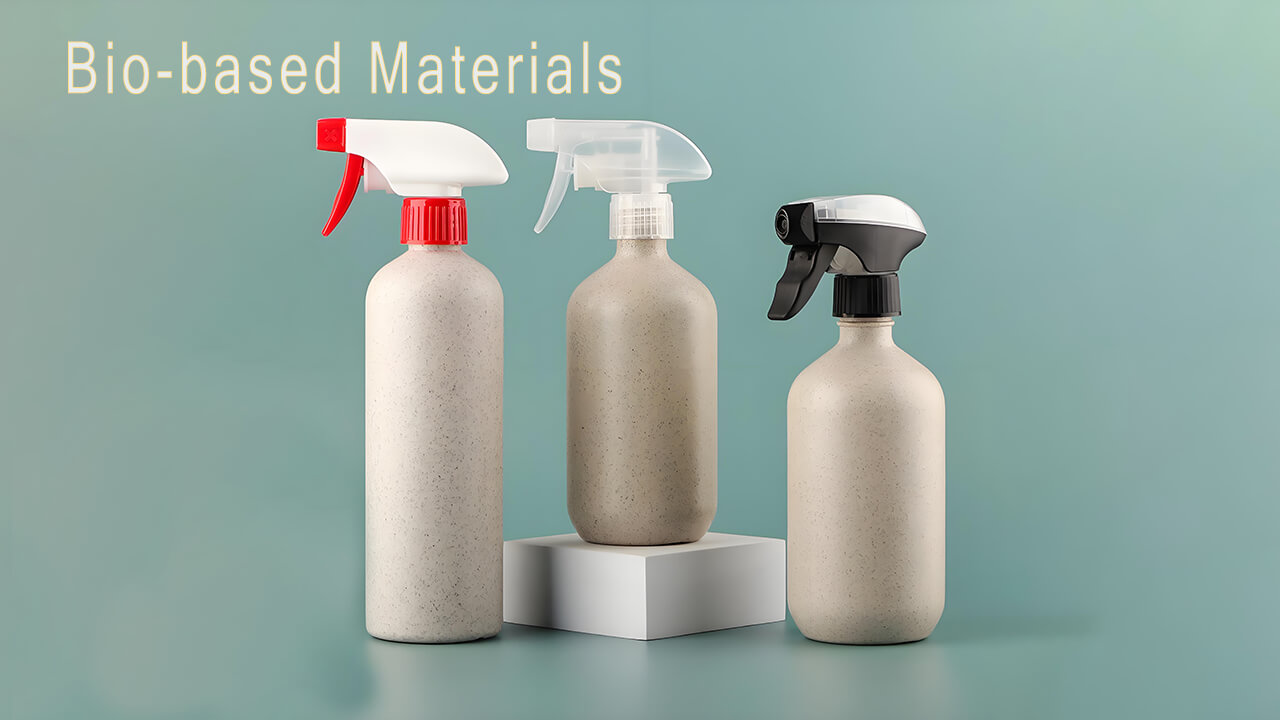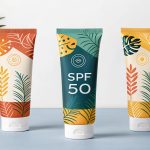As the demand for eco-friendly and sustainable products grows globally, bio-based materials are becoming an increasingly popular choice across various industries. From cosmetics packaging to food containers, bio-based materials not only reduce reliance on fossil resources but also contribute to reducing environmental pollution. In this article, we will explore the main types of bio-based materials currently on the market and their key advantages.
The main types of bio-based materials on the market include PLA (Polylactic Acid), PHA (Polyhydroxyalkanoates), and biopolymers like cellulose and starch. These materials offer key advantages such as biodegradability, renewable sourcing, and reduced carbon footprint, making them ideal for sustainable packaging and other eco-friendly applications.
Let’s dive deeper into the key bio-based materials that are transforming industries today.
Outline
Polylactic Acid (PLA)
Polylactic Acid (PLA) is one of the most widely used bio-based plastics. Made from renewable resources like corn starch, sugarcane, and cassava, PLA is biodegradable and offers an eco-friendly alternative to petroleum-based plastics. PLA is primarily used in packaging, food containers, and even clothing fibers.
Key Advantages:
- Biodegradability: PLA decomposes in natural environments, breaking down into non-toxic substances, which helps reduce plastic waste.
- Renewable Sourcing: PLA is derived from renewable crops, making it more sustainable than traditional petroleum-based plastics.
- Versatility: PLA is used in a wide range of applications, from packaging to medical products, making it a highly versatile material.
Applications: PLA is commonly used in food packaging, such as trays, clamshell containers, and cups, as well as in cosmetic packaging. It is also used in 3D printing applications due to its excellent printability and ease of use.
Polyhydroxyalkanoates (PHA)
Polyhydroxyalkanoates (PHA) are a class of biodegradable polymers produced by microbial fermentation of renewable resources. PHAs are naturally occurring biopolymers that can be synthesized by bacteria from plant sugars and lipids. Unlike PLA, which requires industrial processes to produce, PHA is often synthesized directly from organic waste.
Key Advantages:
- Fully Biodegradable: PHA is fully biodegradable, breaking down into carbon dioxide and water in both land and marine environments, making it a suitable alternative to single-use plastics.
- Customizable Properties: PHAs can be tailored to have specific physical properties, such as flexibility, rigidity, and thermal stability, making them suitable for various applications.
- Renewable & Waste-based: PHA can be made from renewable feedstocks like plant sugars or even organic waste, promoting circularity in production processes.
Applications: PHA is used in a variety of applications, from biodegradable packaging to agricultural films, medical sutures, and even in the production of certain cosmetics packaging. PHA’s biodegradability makes it especially attractive for single-use products.
Cellulose-based Materials
Cellulose-based materials are derived from the cellulose found in plant cell walls. Cellulose is one of the most abundant organic compounds on Earth and can be used to produce bio-based plastics, films, and coatings. Materials like cellulose acetate, for example, are commonly used in packaging and as film coatings.
Key Advantages:
- Abundant & Renewable: Cellulose is the most abundant natural polymer, widely available from plant sources like wood, cotton, and hemp.
- Biodegradable: Cellulose materials are biodegradable, which significantly reduces their environmental impact compared to conventional plastic.
- Non-Toxic: Cellulose is a non-toxic, naturally occurring material, making it safe for use in food packaging and medical products.
Applications: Cellulose-based materials are widely used in food packaging, biodegradable films, and coatings. They are also used in cosmetics packaging, where transparent, biodegradable containers can help enhance the sustainability profile of the brand.
Starch-based Plastics
Starch-based plastics are produced from natural starch sources, such as corn, potatoes, or tapioca. Starch is a polysaccharide that can be converted into plastic through chemical processes. These plastics are renewable, biodegradable, and can be used in a variety of applications.
Key Advantages:
- Biodegradability: Starch-based plastics are fully biodegradable, making them an environmentally friendly alternative to petroleum-based plastics.
- Cost-Effective: Since starch is an abundant and inexpensive raw material, starch-based plastics are often cheaper to produce compared to other bio-based materials.
- Renewable: The use of renewable resources such as corn or potatoes ensures the sustainability of starch-based plastics.
Applications: Starch-based plastics are commonly used in food packaging, disposable tableware, and agricultural applications like mulch films. They are also being explored for use in cosmetic packaging, especially in products requiring biodegradable and eco-friendly packaging options.
Other Emerging Bio-based Materials
In addition to the materials mentioned above, several other emerging bio-based materials are showing promise in various industries:
- Algae-based Plastics: Algae-derived plastics are an exciting new material made from seaweed or freshwater algae. They are biodegradable, sustainable, and can be produced from non-arable land, making them a promising solution for reducing plastic waste.
- Wood-based Plastics: Derived from wood fibers and cellulose, these materials can be used in packaging and construction. They are durable, renewable, and biodegradable, making them an attractive alternative for sustainable packaging solutions.
- Fungal-based Materials: Mycelium, the root structure of fungi, is being explored as a bio-based material for packaging. It is biodegradable, compostable, and can be grown to form specific shapes, providing a sustainable alternative for packaging applications.
Summary
Bio-based materials are transforming the packaging industry by offering sustainable, biodegradable alternatives to petroleum-based plastics. Materials like PLA, PHA, cellulose, and starch-based plastics have unique advantages, from biodegradability and renewable sourcing to versatility and customization. As these materials continue to evolve, they will play a crucial role in shaping the future of sustainable packaging, particularly in industries like cosmetics, food, and pharmaceuticals.
For brands and manufacturers looking to reduce their environmental footprint, bio-based materials provide a promising solution. By understanding the unique advantages of each type, companies can make more informed decisions about which materials to use in their packaging, ensuring both environmental responsibility and cost-efficiency.
Explore the benefits of bio-based materials and take the first step toward a more sustainable and eco-friendly future for your brand.





